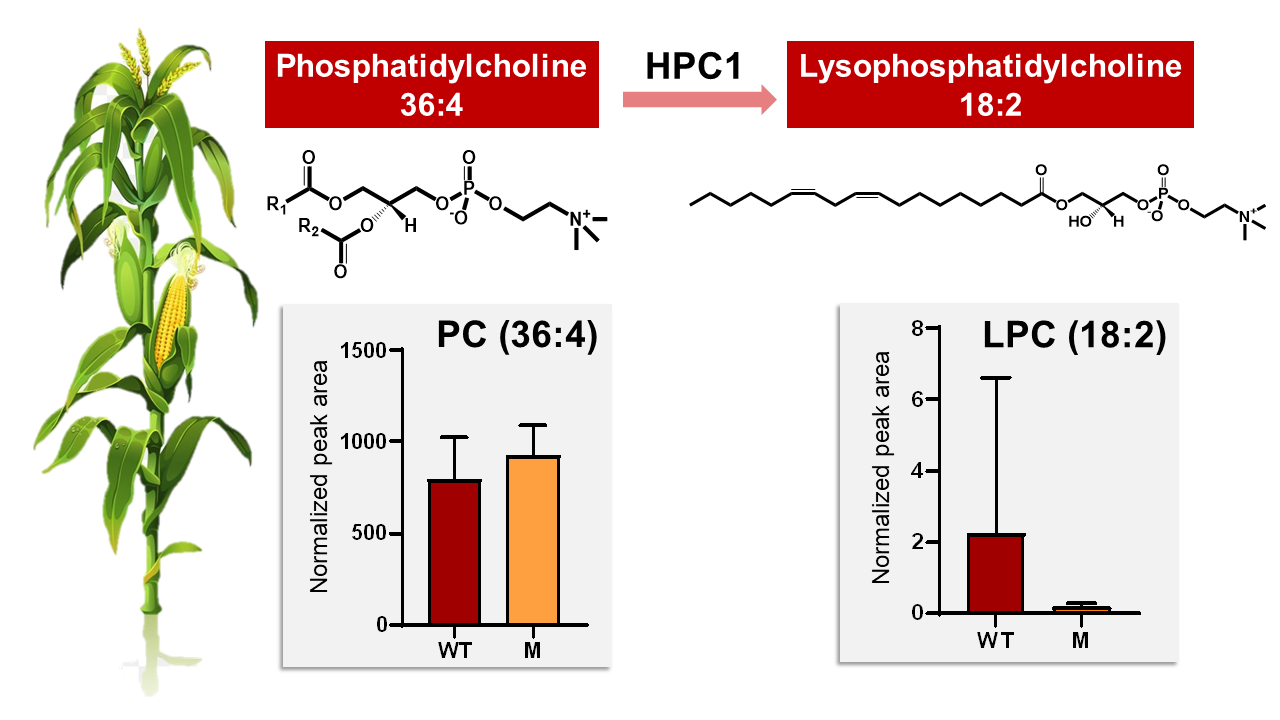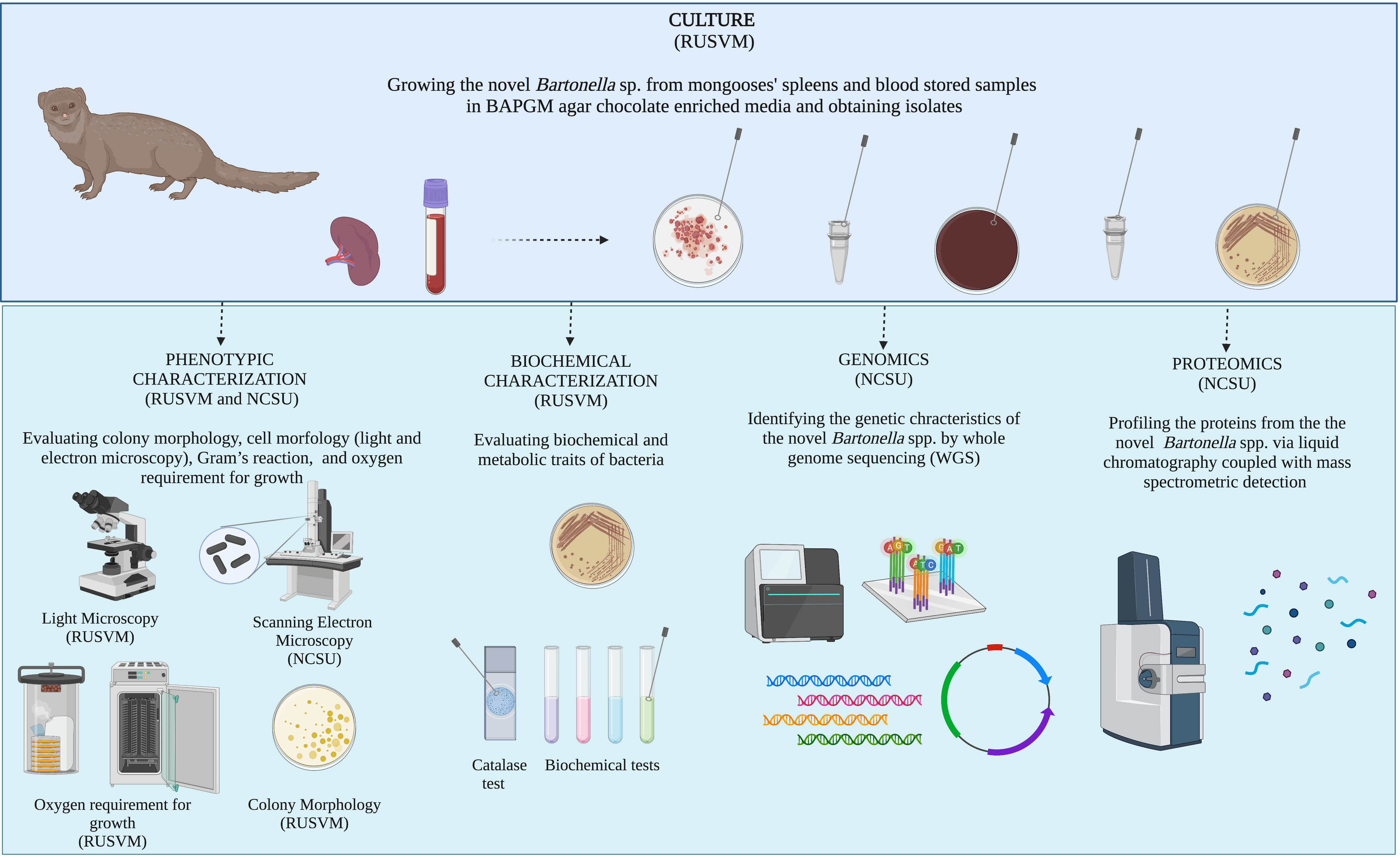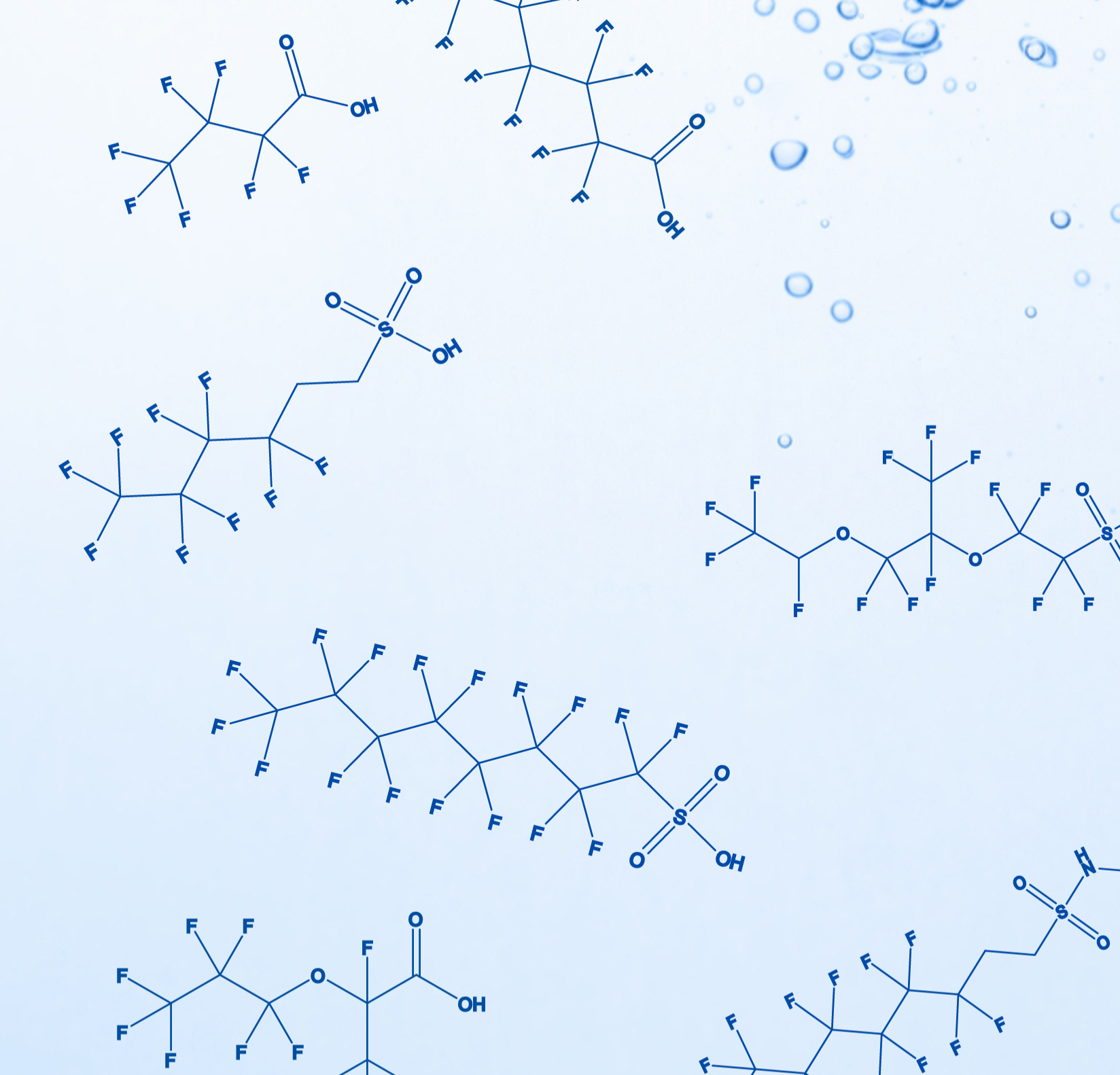METRIC aids researchers at NC State in understanding maize adaptation to cold temperature and high elevation

Rubén Rellán-Álvarez’s group in the Department of Molecular and Structural Biochemistry has published their recent research findings entitled “An adaptive teosinte mexicana introgression modulates phosphatidylcholine levels and is associated with maize flowering time” in Proceedings of the National Academy of Sciences. By utilizing lipidomics and mass spectrometry, the Rellán-Álvarez’s lab was able to combine genetics and lipid profiling data to further examine the role of the HPC1 gene from teosinte, corn’s ancestor, and phospholipids in modern maize adaptation. METRIC scientists, Yu-Chun Chiu and Whitney Stutts worked closely with Allison Barnes, a postdoctoral researcher in Rellán-Álvarez’s lab and co-first author of the paper to identify and quantify phospholipids of interest by liquid-chromatography tandem mass spectrometry. Peter Thompson also assisted the Rellán-Álvarez group, using structure prediction software to predict which SNP in HPC1 drives differences in phosphatidylcholine metabolism. Infrared matrix-assisted laser desorption electrospray ionization mass spectrometry (IR-MALDESI-MS) analyses, performed by Kevan Knizner and David Muddiman, also supported this work, providing evidence of phospholipase activity in HPC1 variants. Please check the below links for the publication1 and related press article2.
References
- Barnes, A. C., Rodriguez-Zapata, F., Juarez-Nunez, K. A., Gates, D. J., Janzen, G. M., Kur, A., Wang, L., Jensen, S. E., Estevez-Palmas, J. M., Crow, T. M., Kavi, H. S., Pil, H. D., Stokes, R. L., Knizner, K. T., Aguilar-Rangel, M. R., Demesa-Arevalo, E., Skopelitis, T., Perez-Limon, S., Stutts, W. L., Thompson, P., Chiu, Y. C., Jackson, D., Muddiman, D. C., Fiehn, O., Runcie, D., Buckler, E. S., Ross-Ibarra, J., Hufford, M. B., Sawers, R. J. H., and Rellan-Alvarez, R. (2022) An adaptive teosinte mexicana introgression modulates phosphatidylcholine levels and is associated with maize flowering time, Proc Natl Acad Sci U S A 119, e2100036119.
- https://cals.ncsu.edu/molecular-and-structural-biochemistry/news/borrowed-gene-helps-maize-adapt-to-high-elevations-cold-temperatures/
- Categories:


